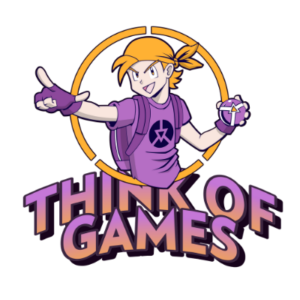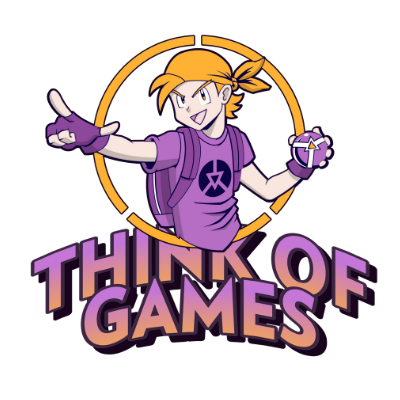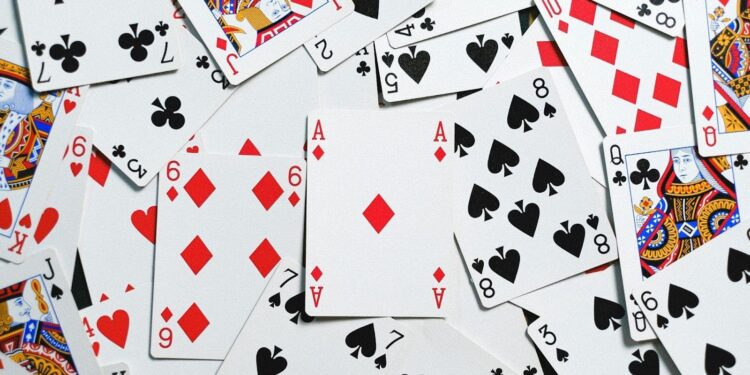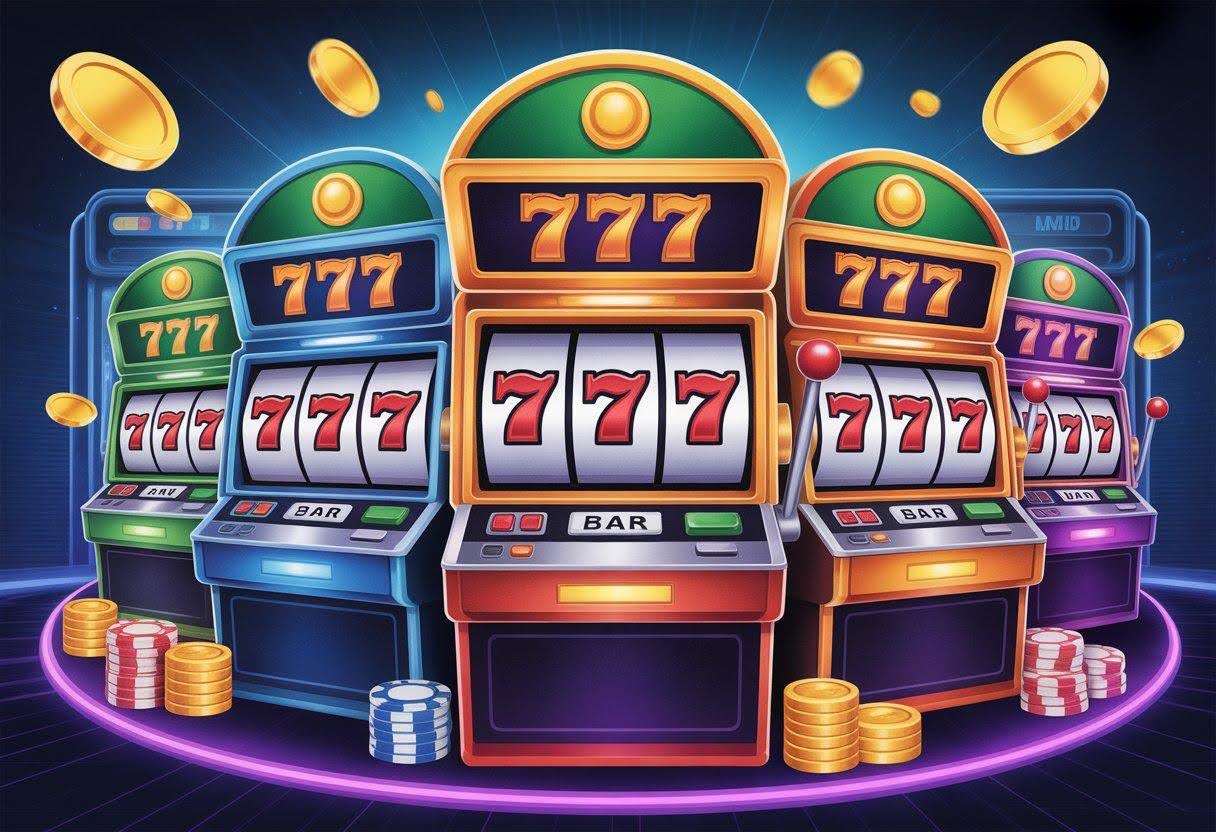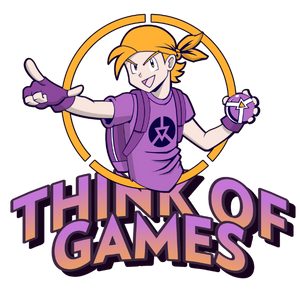Games are more than just entertainment. They reflect culture, values, and how people think and compete. Mahjong, with its clacking tiles and deep ties to Chinese tradition, stands apart from Western card games like poker, rummy, and bridge. Not just in how it’s played, but in how it approaches strategy. Each game, shaped by its cultural roots, offers a unique lens into how players learn to win, work together, and outsmart the competition.
Strategy in Structure: Tiles vs. Cards
Mahjong’s setup is tactile and deeply ritualistic. The wall-building at the start of each game mimics ancient symbolism, while the four-player format reinforces the importance of balance and timing. Played with 144 tiles (in most versions), Mahjong challenges players to assemble sets and sequences while constantly adjusting to the shifting dynamics of the table. Memory plays a dominant role, as does pattern recognition. Players must recall which tiles have already been discarded and infer what others might be holding. Today, those same strategic layers are being rediscovered in digital spaces. Online games like Mahjong365 classic mahjong offer a way to play with real money, with simple sign-ups, fast crypto-powered payouts, and a playing experience that stays true to the game’s classic rhythm.
Now contrast that with poker or rummy games built around a standard deck and driven by probability and adaptability. Poker is all about psychological play, using bluffing to read others and manage your tells. Rummy rewards quick thinking, sharp sequencing, and fast mental math. Bridge, often called the “game of kings,” is all about logic, teamwork, and communication within a tight set of rules. A true mental dance between partners.
Each game flexes different mental muscles. Mahjong leans on memory and sharp observation. Poker favors emotional control and instinct. Bridge thrives on logic and cooperation. In the end, the game a culture embraces says a lot about how it sees strategy and competition.
Cultural Values Embedded in Gameplay
Mahjong’s cultural foundation is tightly bound to Confucian ideals of harmony, hierarchy, and group balance. Even though it’s competitive, Mahjong often maintains a social and somewhat egalitarian tone. Games are as much about conversation and shared time as they are about winning. The act of drawing and discarding tiles echoes a cycle, one where patience, reading the flow of the table, and waiting for the right moment are paramount.
Poker, on the other hand, is rooted in individualism and risk. Winning often involves deception, bold moves, and seizing control of the narrative at the table. In American contexts, especially, poker reflects the mythos of the lone strategist, someone who beats the odds and dominates through cunning and nerve. Rummy shares a lighter, more casual presence in many Western households, offering strategic fun without the intensity of poker or bridge.
Bridge comes closest to Mahjong in its cerebral complexity, but the cultural underpinnings differ. Originating from a British sense of order and structure, the bridge demands collaboration and precise communication. It’s a game of etiquette and long-term partnerships, where success is shared and structure is respected.
Memory, Bluffing, and the Role of Chance
The role of memory in Mahjong cannot be overstated. Skilled players train their recall of played tiles, predicting opponents’ hands without a single word exchanged. The quiet intensity of Mahjong tables across East Asia reflects this deep mental engagement. There’s no bluffing, only sharp observation and deduction.
In poker, memory plays a supporting role, but bluffing is often the main event. A player can win with a weak hand by manipulating perception, leaning on facial expressions, bet patterns, and timing. Bluffing is not just allowed, it’s celebrated.
Bridge and rummy find a middle ground. While they don’t celebrate bluffing in the same way poker does, they do involve hidden information and inferred strategy. In bridge, this is framed through partnership cues and conventions. In rummy, it’s the ability to read the game’s momentum and guess opponents’ moves.
Chance plays a role in every game, but each culture sees it differently. Mahjong accepts luck but values long-term consistency. Poker leans into surprise wins, while still rewarding smart, steady play. Bridge tries to cancel out luck altogether, focusing on structure, teamwork, and strategy over time.
A Shared Language of Strategy
These games may look different, but they all speak the same language: one of strategy, quick thinking, and the simple joy of play. Whether you’re in Beijing, Las Vegas, or a bridge club in London, that shared understanding crosses borders.
Today, fans of classic strategy games like poker, rummy, and Mahjong are finding new ways to play online. Digital versions bring the same mix of structure and unpredictability, now with faster gameplay and smooth, modern design. It’s the tabletop experience, just reimagined for the screen.
Conclusion
The way a society plays reveals the way it thinks. Mahjong, with its emphasis on memory and flow, reflects the values of patience, awareness, and community. Poker champions boldness and the art of the bluff. Bridge elevates partnership and precise communication. Rummy delights in quick thinking and lighthearted strategy. Across these games, we see not only how different regions approach winning but also how they define what makes a player great. Strategy, in all its cultural variations, remains a universal human instinct, played out across tiles, cards, and time.
